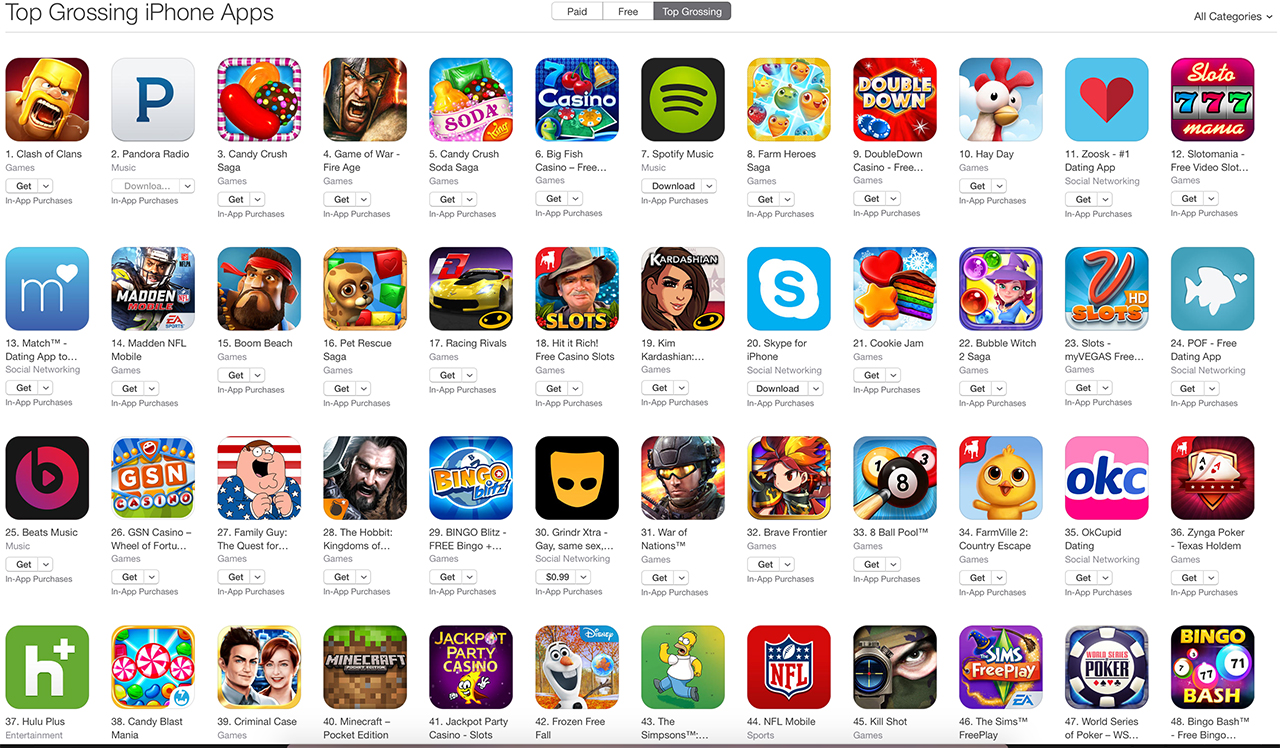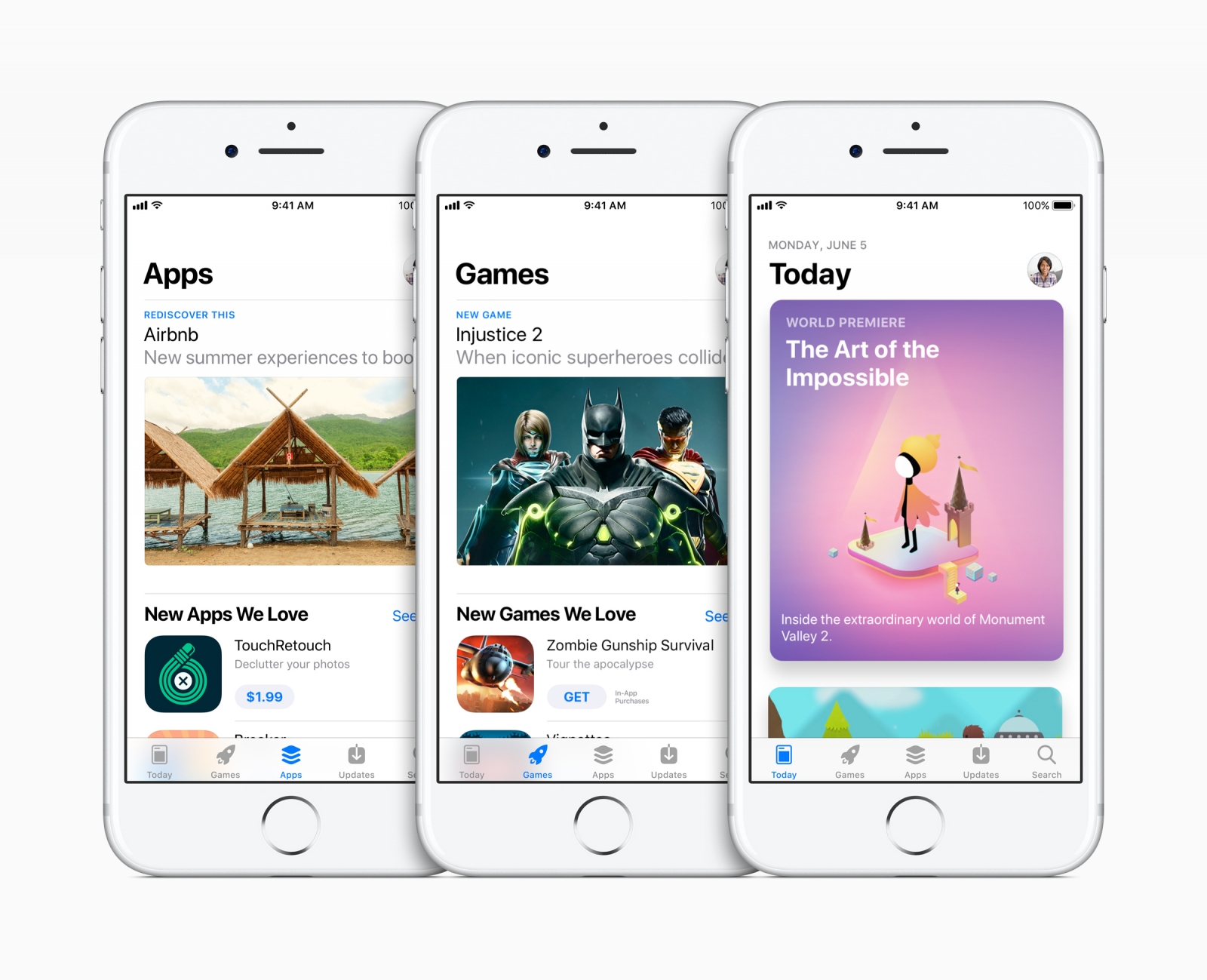
Instead of an asset catalog, LiveCode uses an. Complex software designed for use on a personal computer, for example, may have a related app designed for use on a mobile device.The application icon is required to be available in a set of sizes. An app store (or app marketplace) is a type of digital distribution platform for computer software called applications, often in a mobile context.Apps provide a specific set of functions which, by definition, do not include the running of the computer itself.

Icns.Asset Catalog Builder: Is available on the App Store. GraphicConverter 10: Open the png and Save As the file type. Find articles, guidelines, and other resources to help you design incredible apps, reach more users, and grow your business.Yes, Apple is making it a little more difficult for Mac users to install apps that aren’t sold at the Mac App Store or made available from bona fide developers happy to submit their software for. The App Store is a safe and trusted place for customers to discover apps, and a great opportunity for developers to deliver apps and services across iPhone, iPad, Mac, Apple TV, and Apple Watch in 175 regions.

No entitlements need to be specified for that folder. I duplicate the Info.plist file, change the name, and replace the section with my apps' sandbox settings.All the standard sandbox entitlement keys are documented here.The app sandbox temporary exception entitlement keys are documented here.My app user selects a file, opens it, reads it, and writes to another file so I need "com.apple.security.files.user-selected.read-write".I use "get URL" and thus need "com.apple.security.network.client".Your sandboxed and signed app automatically has a folder you can write into for preferences: put specialFolderPath("support") & "/" into prefsfolderYou can automatically read and write to that folder. Create "entitlements.plist" in the same directory as the standalone application. Icns file is that resolution.Enable sandboxing for the Mac App Store. Icns file has a 1024x1024 image, open it in Preview and "Get Info" on the images to see if one is 1024x1024. Icns files in your Standalone Application Settings.To verify your.
Apple App Store App Code Signed With
If you need read-write, do not include read-only.All of the executables in your app must be code signed with your Apple Developer ID certificate. The only way I found out what worked and what didn't was by testing the signed and sandboxed version of my app and then altering it accordingly.Note, some entitlements are read-only with a corresponding read-write. Com.apple.security.files.user-selected.read-writeNone of the LiveCode documentation details what entitlements are required for various LiveCode functions or commands. I write my preferences file inside the final "TXF Convert" folder inside the "Application Support" folder.My entitlements.plist contains this dict specification.
From that point the path is: macOS / Production / What type of certificate do you need? / Production / Mac App Store / / Mac App Distribution. In the upper left, select "macOS" to create macOS certificates. " in the "Certificates" section within "KeyChain Access", and no certificates within the "My Certificates" section, you will need to create the certificates that get stored in "My Certificates".In developer.apple.com look for the area "Certificates, Identifiers and Profiles" also displayed as "Certificates, IDs and Profiles". " and "Developer ID Installer. In the list should be two:3rd Party Mac Developer Installer: Kee Nethery (CEASNJ1234)3rd Party Mac Developer Application: Kee Nethery (CEASNJ1234)If you have "Developer ID Application. Select the keychain "login" and the category of "My Certificates".
Using the above sample, in Terminal, code sign the app and all of the embedded executables inside it: sudo codesign -verbose -deep -force -sign "3rd Party Mac Developer Application: Kee Nethery (CEASNJ1234)" To create a new app, in developer.apple.com: App Store Connect / Go to App Store Connect / My Apps / + / New macOS App"Company Name" is the name of your company as shown on your keychain certs, in my instance "Kee Nethery""Name" is the name of the app without the. You will also need Xcode installed with it's utilities to perform the code sign. Continue in the web site and you'll be able to select them and have them be imported into your keychain so that they show up in "My Certificates".You will need the "Application" portion to do the code sign. You need both certificates. Run through the process again and select the other choice "Mac Installer Distribution". Continue, select the CSR, and it will create a file in your Downloads folder "mac_app.cer".
Now all the app data belongs to 2.0.1. You can just edit the version number in the App Store Connect data display from 2.0 to 2.0.1. Once you've uploaded the standalone with the Application Loader, select with the (+) next to the "Build" section header to select the previously uploaded app package.When Apple tells you to fix an error in 2.0 you'll need to increment the version number in the app (for example to 2.0.1) and in App Store Connect. Pkg file that has that Bundle ID.To create a new version, in App Store Connect, select the previously version and hit the "(+) VERSION" button on the left side of the App Store screen. For example, "1454474799"Essentially you are registering a new Bundle ID so that you can then upload your. I used "txfconvert".Once I created the new macOS app, it was assigned an Apple ID.


 0 kommentar(er)
0 kommentar(er)
